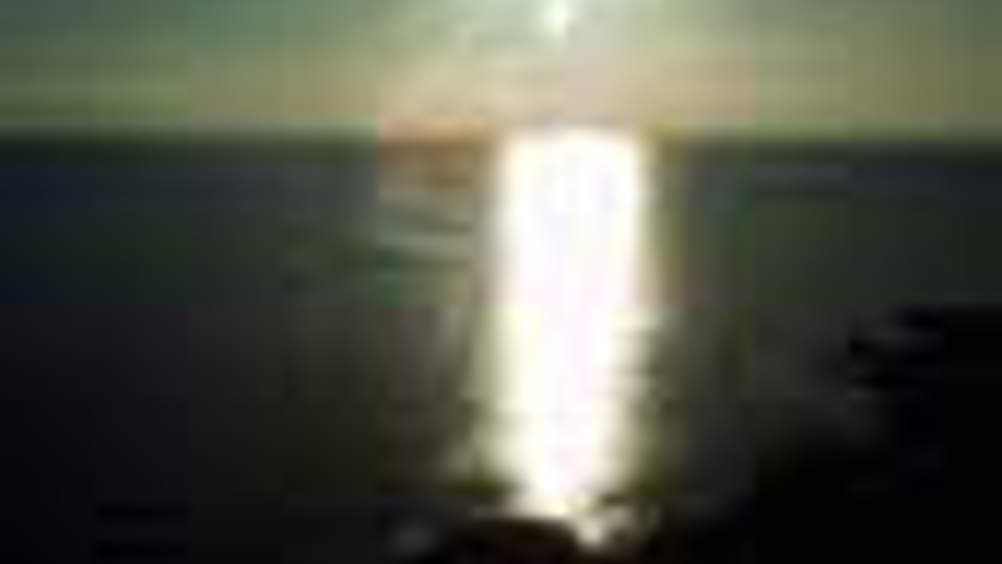Feasible sequestration

Carbon sequestration in the ocean could become far more feasible with a system being developed at Oak Ridge National Laboratory.
The Continuous Jet/Hydrate Reactor being developed at the labs could potentially take carbon dioxide from power plants flue gases and produce a solid-like composite hydrate material that could then be dropped into the ocean, releasing the CO2 at some depth.
The reactor itself consists of an outer tube and a concentrically located inner capillary tube. Water droplets are sprayed though the capillary tube into liquid CO2 that is continuously pumped into the reactor via the outer tube. Since the capillary tube is shorter than the outer tube, a zone is created where the liquid CO2 and water vigorously mix, producing the CO2 hydrate.
The composite product, which is denser than seawater, is then released into the ocean, dissolving as it sinks.
The researchers say that continuous production of these sinking gas hydrates at intermediate ocean depths provides a means of sequestration without the significant costs of deep injection.
Register now to continue reading
Thanks for visiting The Engineer. You’ve now reached your monthly limit of news stories. Register for free to unlock unlimited access to all of our news coverage, as well as premium content including opinion, in-depth features and special reports.
Benefits of registering
-
In-depth insights and coverage of key emerging trends
-
Unrestricted access to special reports throughout the year
-
Daily technology news delivered straight to your inbox










CCC Report Finds UK Climate Targets Still Within Reach
In 1990 67% of the UK´s electricity came from coal-fired power stations and even without renewables the transition to gas was a major contributor to...